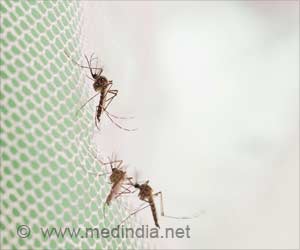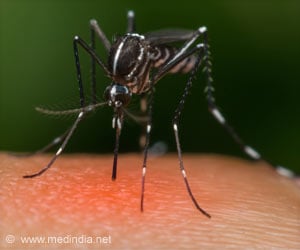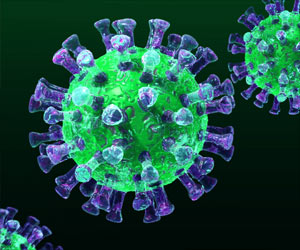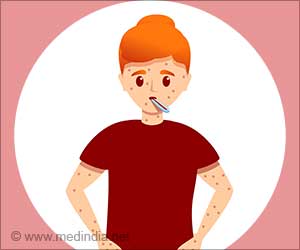Members of the Pandemic Influenza Outbreak Research Modelling Team in Canada in a CMAJ study say that mathematical modelling can help inform public health policy in outbreaks such as the H1N1 pandemic.
These models are useful tools for simulating plausible scenarios, developing control strategies and identifying important areas for immediate research.The Pandemic Influenza Outbreak Research Modelling Team has helped characterize the epidemiology of the new H1N1 flu strain and advised on control strategies such as the use of antiviral drugs and school closures.
Mathematical models have shown that small seasonal variations in transmission of the influenza virus can drive large annual surges in the disease. Based on patterns of the 1918 influenza, models indicate that the H1N1 virus could become more severe in the fall. "Such models raise concern regarding the potential for the news S-OIV strain to cause serious epidemics in the near term in the southern hemisphere: South American countries, Australia and New Zealand will enter their upcoming influenza season without a vaccine against this strain," write Dr. David Fisman and coauthors.
The authors conclude that "making these models better understood and more accessible will provide a valuable additional weapon in the fight against emerging infectious diseases."
In a related article, Canada's first human-to-human transmission of the H1N1 influenza virus is presented in a research case study. The article looks at the cluster of cases in Nova Scotia in April 2009 and outlines transmission, diagnostic testing and public health measures to control the outbreak.
Advertisement
RAS














